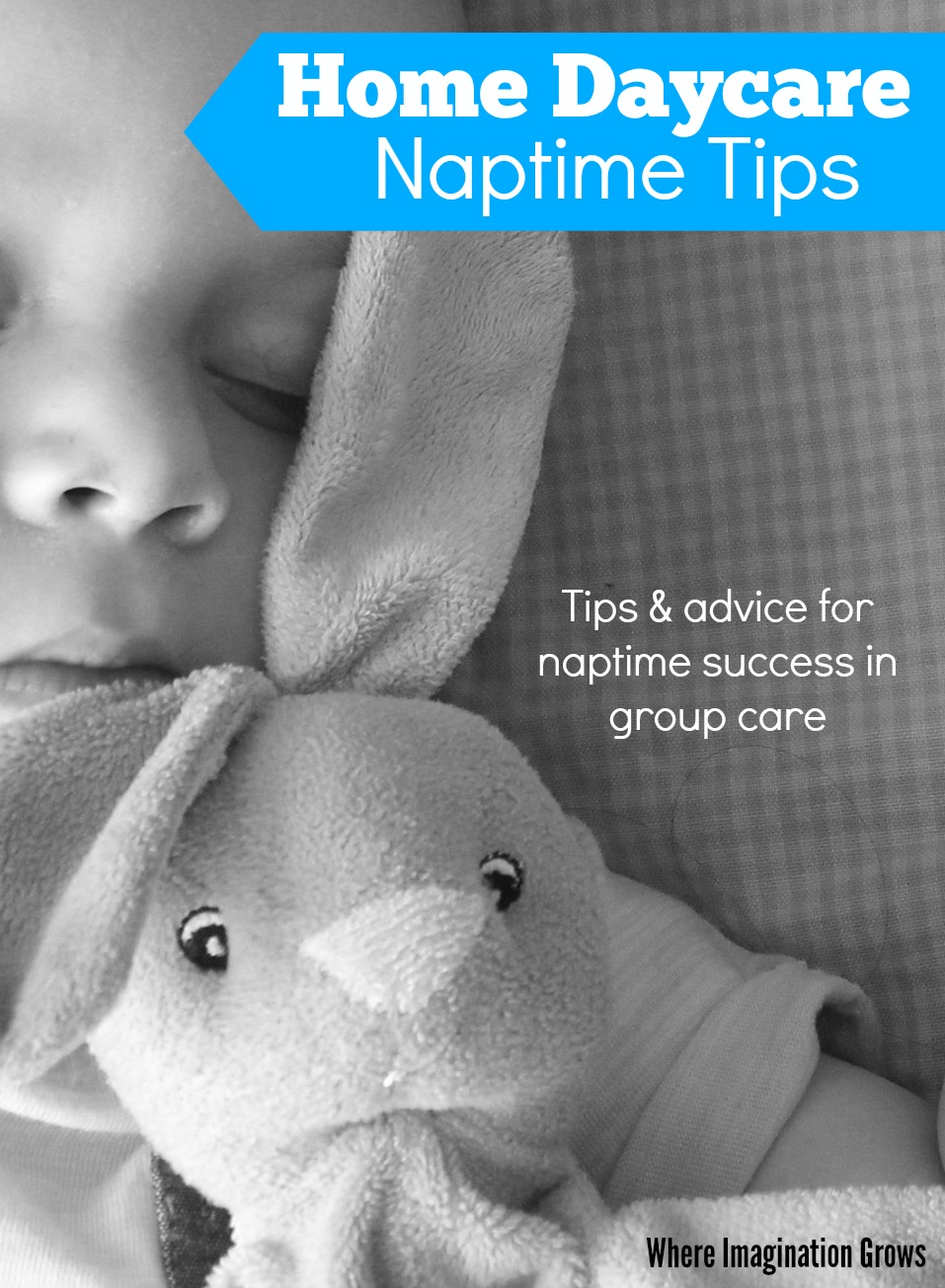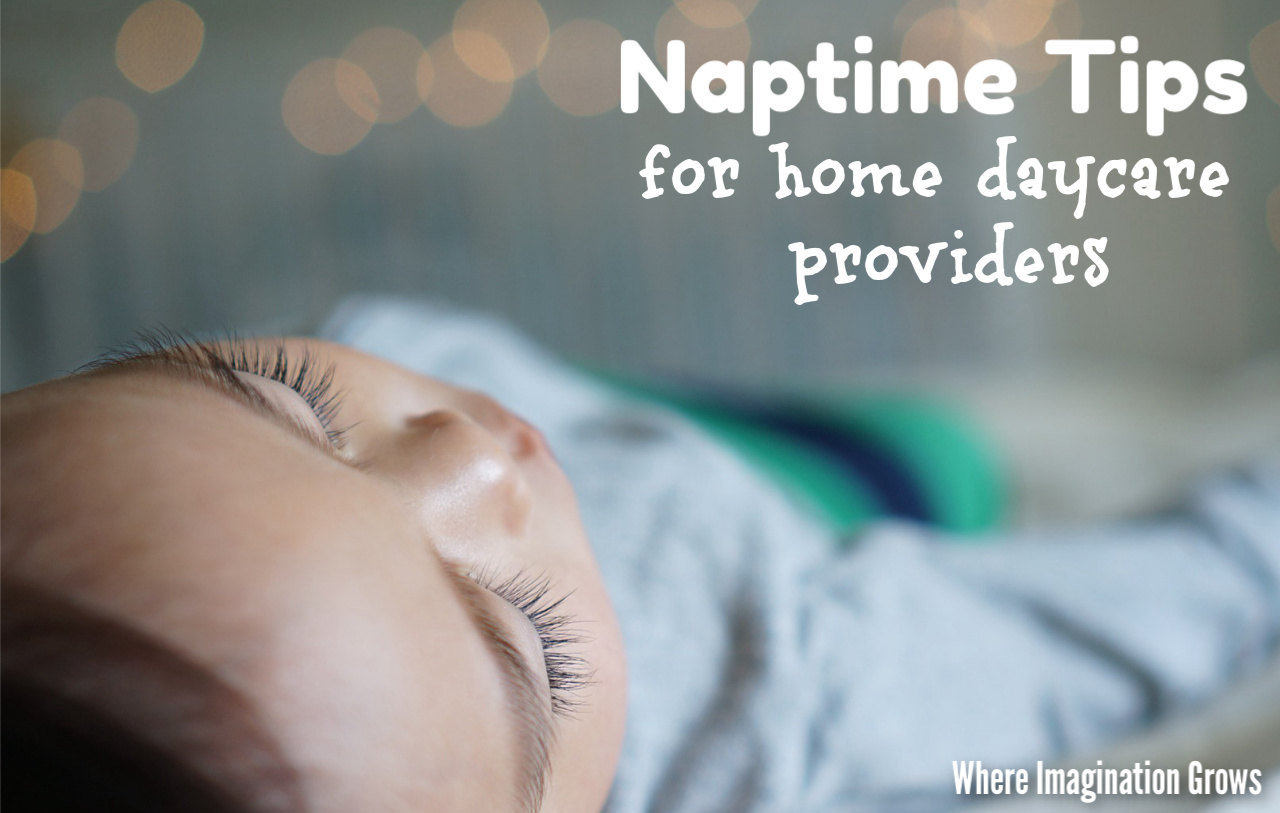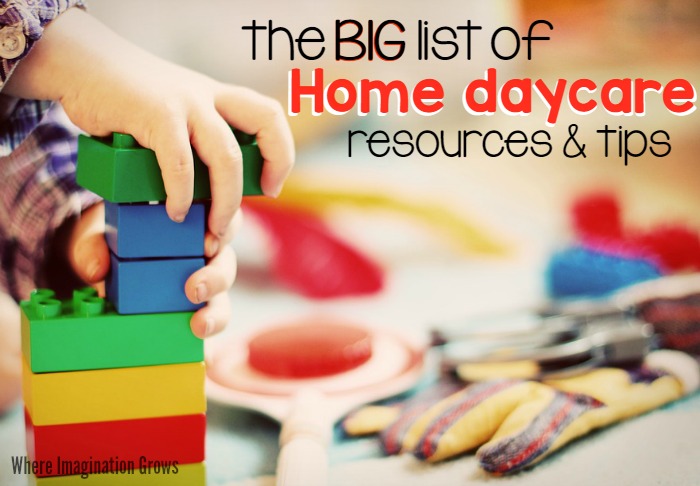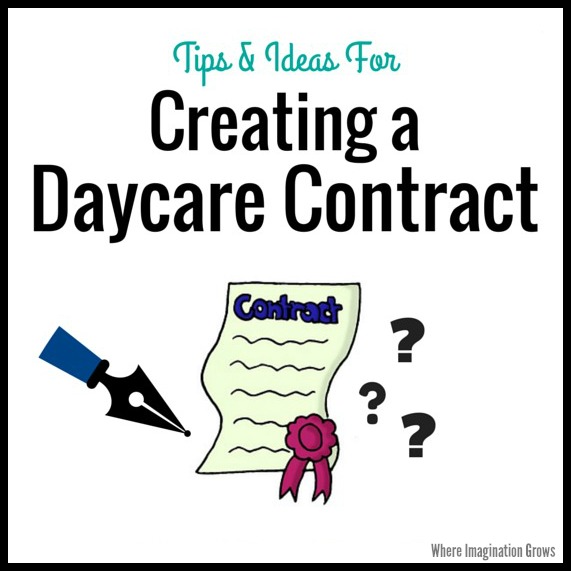Ready for some easy naptime tips for home daycare providers? Getting a group of children to lay down and nap at the same time isn’t always the easiest thing to do but naptime is so important for young children! It’s also important for having a successful afternoon with a group of children in your home daycare. Can you imagine an afternoon with a group of toddlers and preschoolers who haven’t napped? Yikes!
Plus naptime can be the only quiet point in a daycare provider’s day.
While many parents and people outside of the home daycare world see naptime as giant stretch of free time for providers the truth is it’s not that long and it’s not really a break. The reality of it is that naptime is when most providers eat lunch, use the bathroom, get caught up on dishes/cleaning, fill out daily report sheets, do afternoon activity prep, do meal/lesson planning, and etc. Below you will find my naptime tips for home daycare providers.

Affiliate links provided for your convenience, see my disclosure for more.
Getting a group of children to nap at the same time in a home daycare can be difficult at first. There are several of them and only one of you. Plus let’s be real, most kids aren’t fans of naptime and can fight sleep. Successfully getting everyone down for a nap is essential for a positive afternoon and happy kids.
Naptime Tips for Home Daycare Providers
Check out my tips for making nap time smoother in a home daycare setting. Have your own naptime tips for home daycare providers that you don’t see below? Share them with us in the comments!
Establish a Routine
Set a routine and stick to it. Children thrive when they know what to expect next. If they know what happens before and during naptime, because every day is the same routine, they are more likely to transition into naptime easily. My daycare children know what happens after lunch- we wash up, go potty, set up mats, read a book, and then lay down on nap mats (which are in the same spot every day). This consistency helps smooth our transition into nap.
Transition Slowly
Kids need time to come down from the morning activities and calm their bodies before they transition into naptime. Don’t go directly from high energy activities to naptime. Slow things down about an hour before nap. Read stories, practice relaxation techniques, play lullaby music during your pre-naptime activities (like clean up or lunch times).
I get a lot of emails about naptime issues and I’ve found that many people do outside time just before nap. While outside time is one of my favorite activities for kids I do not recommend it directly before nap. Personally, in my program, I do 45 mins of outside time followed by 15 minutes of table activities (puzzles, coloring, matching games), then lunch and storytime. Having that gradual slow down has greatly helped our naptime.
Set the Mood
Create a quiet and calm environment for the children. Turn off or dim lights, use blackout blinds on windows if needed, play soft music or white noise, and use a quiet voice when speaking. Some providers find it helpful to cover toy shelves and put away active toys if they are in the nap area. Make sure each mat has a comfortable sheet and blanket. Give kids a special stuffed animal or blanket if needed.
Help Kids Settle
Some children will need a bit of assistance when then begin in your home daycare. Sit near children or rub their backs if necessary. If children move from their mats simply lead them back to their mat and explain to them that we stay on our mat during naptime. It may take a few times for more persistent children but don’t stress as they will get used to the routine if you are consistent.
Music or White Noise
Playing soft music or using a white noise machine is very helpful at naptime. There are many lullaby CDs available online (we love these: Disney Lullaby collection & the Lullaby Sleep cd) and you can also find lots of relaxing sound CDs as well. I often use a fan in the room if my kids find the lullaby music too distracting. Over the years I have tried many of these CDs and for the last few years, with my specific groups of children, I have had a lot of success with a fan and a cd of waterfall music. My tip for white noise is to set it just *slightly* louder than you think is necessary, not blaring but slightly louder than you would a lullaby cd.
Use Barriers
Some kids really benefit from being unable to see other children. I have had kids that will fight sleep no matter how tired they are if they can see other kids, even sleeping children. But put up a visual barrier and BAM! They are out cold in five minutes! Barriers don’t have to create fully secluded areas or be time-consuming to set up. Just use what you have already. Turn toy shelves and furniture into barriers by placing nap mats on either side of them, place screened pack-in-plays between nap mats, use extra nap mats as dividers by standing them up vertical between children.
Plan for Non-Nappers
If you have older children that don’t nap it’s important to have activities ready for them. Give them books to read on a mat while other children are going to sleep. Offer quiet time options for them to use once the other children are asleep. Trying to set these activities up while other children are trying to go to sleep can cause more distractions than necessary. Get quiet time activities ready at the same time as when you set up nap mats so you can seamlessly transition non-nappers into them.
Naptime can be a struggle when you first start doing home daycare, especially when you are first establishing your routine, but don’t get discouraged. Give these naptime tips for home daycare providers a try and don’t give up!
Share your naptime tips for home daycare providers below!
Looking for more post about running a daycare? Check out my daycare page to learn about starting or running an in-home daycare or shop my collection of ebooks and daycare forms in my store.


